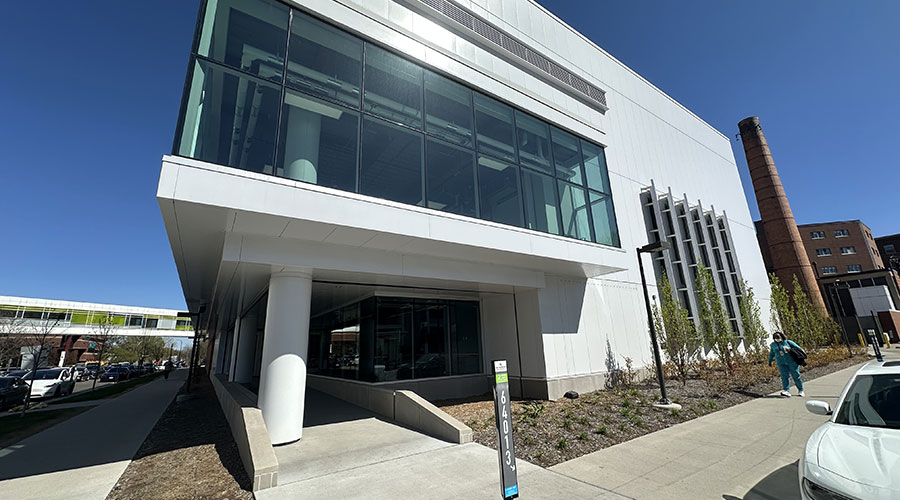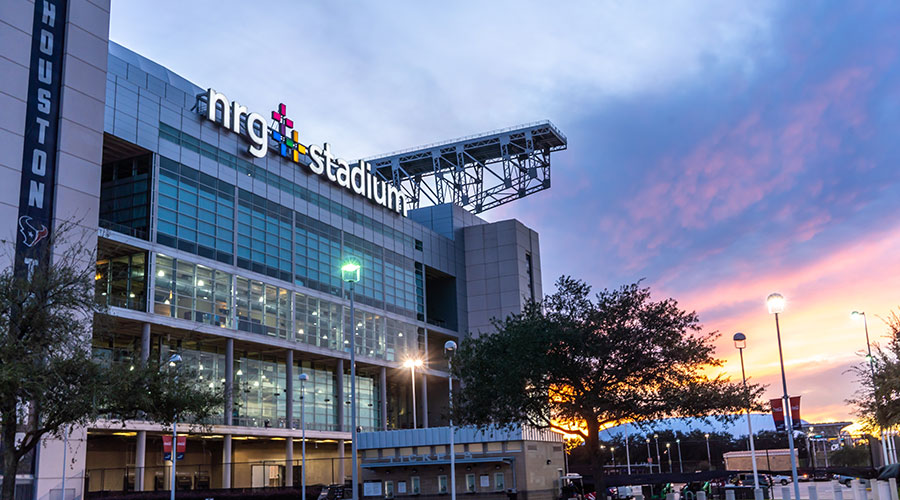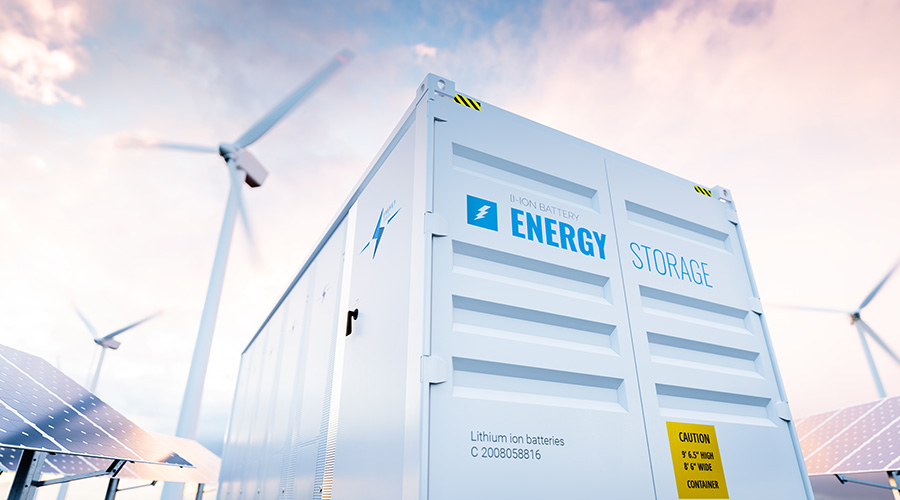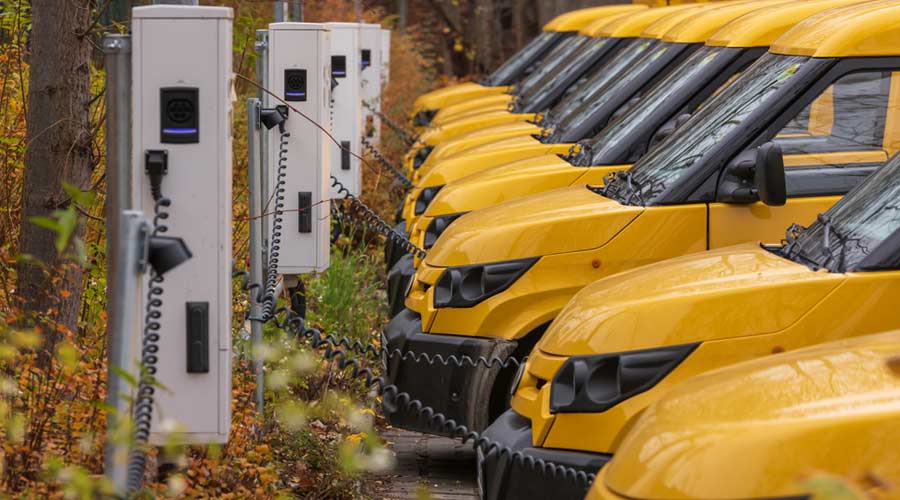LEED Beyond Offices and Interiors
The U.S. Green Building Council has worked diligently to make LEED as applicable to as many different types of buildings as possible. Manufacturing facilities, because of their high water and energy demands, are still one type of facility for which organizations have been reluctant to try for LEED certification. But that doesn’t mean there haven’t been a few success stories.
A 600,000-square-foot Steelcase manufacturing facility in Caledonia, Mich., was the first, receiving a LEED-NC Silver certification in 2001. Computers monitor the plant’s lighting system, which, combined with large expanses of glass for natural light, ensures the appropriate amount of light throughout. Seven dust collectors pull out hot air, cooling the facility during summer months and, during winter months, that air is filtered, tested and released back into the interior. This means the facility uses 30 percent less heating energy than it would without the filters. The facility uses rain retention ponds to collect water, saving about 715,000 gallons per year, according to Laura Muyskens, corporate communications.
“We believed LEED certification would produce benefits, but it was new and untested,” she says. “We took a calculated leap of faith as an opportunity to learn.”
As another example, Bentley Prince Street received a LEED-EB Silver certification for its 280,000-square-foot manufacturing facility in October 2007. The carpet mill, originally built in 1962, required no major renovations to earn its certification, according to Kim Matsoukas, sustainability manager. That’s because, since 1994, the company had been measuring and working to reduce its energy and water use and overall environmental impact.
By the time of LEED-EB certification, the company had already reduced its energy use by 50 percent compared to similar facilities by migrating the design of products away from energy intensive dyeing methods towards piece-dyeing. “Additionally, we’ve upgraded many of our motors and process equipment to newer, more efficient models, as well as instituting a comprehensive preventive maintenance program that keeps our machines running efficiently,” says Matsoukas. The company uses a privately funded solar array to provide a portion of electricity and purchases renewable energy certificates derived from wind and biomass projects to supplement the remainder of its energy use.
Matsoukas says that the company’s commitment to sustainability in general and its IAQ practices, such as a green cleaning program, specifically, have helped reduce employee turnover. The company also employs what it calls its QUEST system — Quality Utilizing Employee Suggestions and Teamwork, begun in 1995, to implement employee-driven ideas to reduce waste for particular processes.
“One of the messages we constantly try to convey is that sustainability is not a single attribute of a product, like recycled content,” says Matsoukas. “It is a holistic approach that must be evident in the culture at all levels of the company.” 
Related Topics:













